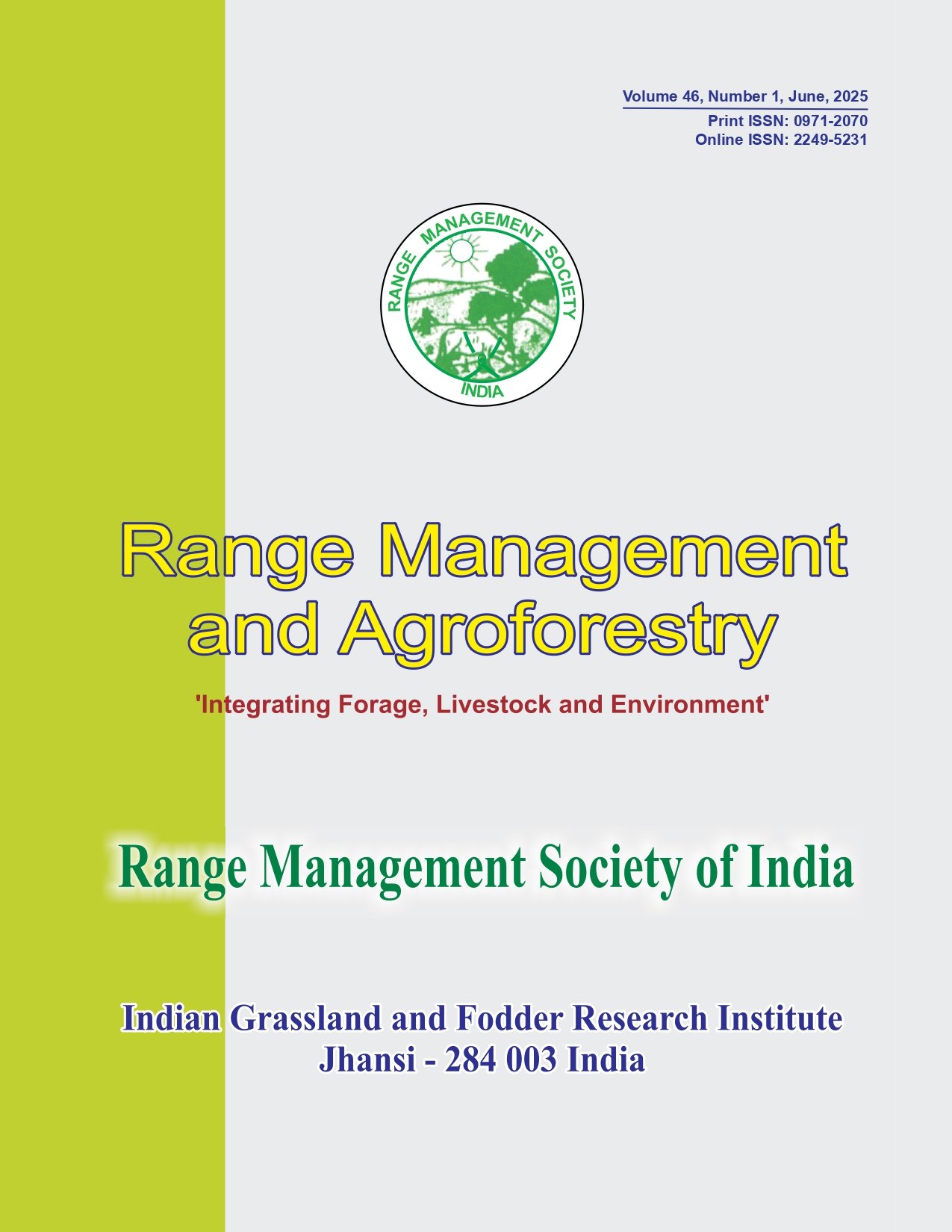Salix fragilis L.: Pollarding potential in dry temperate environment of the North-Western, Himalaya, India
Keywords:
Coppicing potential, Dry temperate, Lahaul valley, Willow, North-Western Himalaya, SalixAbstract
Willow (Salix fragilis L.) is an important fuel wood, fodder and small timber tree species in dry temperate environment of the Lahaul valley (HP), cultivated under agroforestry and forestry systems. It is widely cultivated on terraces of agricultural fields, wastelands, along with water channels (kuhls) and in around settlements through traditional shoot-cutting plantation. Increase in the length and diameter of coppices was noted with increase of DBH (diameter at breast height) category and trunk height of S. fragilis. Similarly, emergence of number of coppices in tree was found influenced by trunk height and DBH categories. Trunk height of 2.00 m to 2.50 m was most appropriate for pollarding of willow in cold desert environment of the Lahaul valley.




